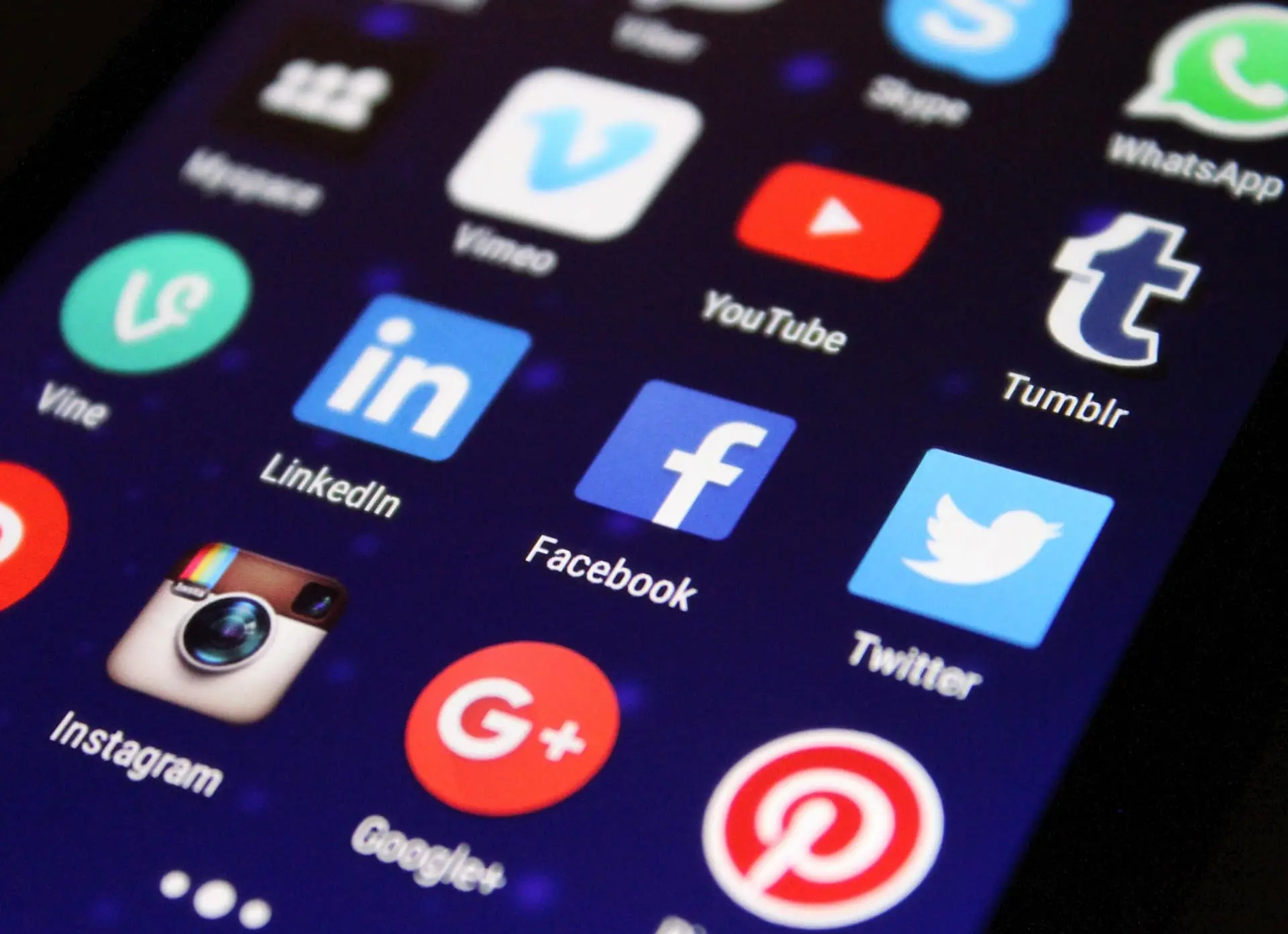Healthcare services have ample opportunities to connect with patients and drive growth – but they also face challenges in keeping pace with the speed of change. As consumer behavior and expectations around healthcare grow, marketing strategies must adapt accordingly.
In this comprehensive guide, we will discuss some innovative healthcare marketing strategies and ideas to help healthcare providers succeed in engaging patients, standing out from the competition, and growing loyalty in 2024 and beyond.
What is Healthcare Marketing
Healthcare marketing is a vital part of any medical practice that wants to thrive, no matter the size. It refers to promotional activities and campaigns aimed at raising awareness and generating new business for medical practices.
Healthcare marketing should educate and attract the local consumer base but also nurture existing relationships for improved retention.
It covers a gamut of different methods, including Search Engine Optimization, email marketing, video marketing, pay-per-click ads, social media engagement, review, and reputation management, to name but a few.
In this guide, we’ll cover some of the most effective healthcare marketing ideas and innovations for 2024. We’ll discuss how methods like video content, online quizzes, and influencer partnerships can help practices stand out.
#1. Video Content for Patient Education and Engagement
Video marketing has become an extremely effective way to educate and engage healthcare consumers. With short attention spans and varying learning preferences, video makes the perfect medium to explain complex health topics.
When creating video assets, healthcare marketers should focus on education first while aiming to maximize relevance, empathy, and comprehension. Patient education videos break down complicated procedures using simple language, animations, text, and other visual elements.
The rise of streaming platforms and mobile have made video ubiquitous in people’s lives. Research shows retention rates for information are significantly higher from video compared to text alone. Video drives up knowledge retention while making complex healthcare information more accessible. Videos also rank highly in search results, driving traffic from relevant queries.
Boosting video across websites, social platforms, ads, and patient portals can educate consumers while positioning your health system as the go-to informational resource.
#2. Making Patients Feel Special with Focused Loyalty Marketing
Let’s face it – healthcare marketing often tends to fixate more on acquisition and attracting the next wave of patients rather than showing loyalty to those already in the door. But, nurturing relationships with existing and previous patients should get equal or greater billing.
The mistake providers make is going too long between check-ins once someone is “locked in” until there’s an issue. Don’t take existing patients for granted.
Keep communication personalized, lively, and consistent. This can be done without overwhelming effort through loyalty programs, post-visit surveys, and regular email newsletters targeting individual health needs and interests.
Individualized treatment reminders, Q&As in relevant health areas, and even brain games and recipes are all ways to reinforce bonds through relevance.
And it’s absolutely worth it because you’ll see higher retention, improved satisfaction, and more referrals.
#3. The Power of Online Quizzes for Healthcare Engagement
Adding a hosted online quiz or health assessment to your website or Facebook page is a great healthcare marketing strategy for generating fresh leads.
To yield positive results, make sure the content is informative and engaging, and avoid surveys that feel dull or tedious. Making online quizzes game-like and shareable on social media strengthens engagement and word-of-mouth benefits.
Thoughtfully designed quizzes drive higher-value interactions – patients self-assess health risks through probing questions and receive instant personalized feedback on the next steps. This engages users more deeply compared to simplistic surveys.
Integrating a secure, HIPAA-compliant request process tied to quiz results helps capture patient appointment and information requests improving follow-up while protecting privacy.
#4. Remove Patient Friction with an Optimized Website
Your medical website may boast the hottest latest aesthetics, but slick visuals mean nothing if real patients bounce after clicking two pages in sheer frustration. User experience can make or break healthcare digital perception in 2024 even more than flashy graphics.
To meet growing consumer expectations, healthcare providers should prioritize intuitive navigation, lightning site speed, and platform accessibility.
Optimizing UX design means stepping into the patient’s shoes – and having empathy for accessibility needs. Are there broken links or confusing menus that hinder the patient’s search? Do pages lag while loading vital educational content? Can vision or hearing-impaired patients comfortably take in your content?
Take advantage of free tools like Google PageSpeed Insights, revealing opportunities for site speed and mobile optimization.
Run ongoing WCAG audits to ensure you meet compliance. Survey recent patients on what content or functionality gave them the biggest challenges.
Building the best user experience means rectifying the cracks patients notice but administrators gloss over.
#5. Expanding Healthcare Reach With Influencer Marketing
Consumers today are bombarded by traditional healthcare ads, but often, it’s trustworthy experts and peers that they look to for medical advice. This is where influencer marketing campaigns can create opportunities.
For this kind of healthcare marketing to be successful, you must identify influencers whose values and audiences match your campaign goals. It takes more than just follower numbers – legitimate expertise, trusted advice, and true connections must fuel such partnerships.
Partnering with influencers who have the specific health condition you treat brings invaluable authenticity. The first-hand experience lends credibility and creates an emotional connection through shared experience.
Equally as powerful are practicing physicians or researchers who deeply understand a disease or specialty.
Rather than choosing influencers with massive followings, consider micro-influencers immersed in your niche to better instill trust. As your patients know all too well – there’s simply no substitute for personal experience.
#6. Stand Out Locally with SEO and GMB
As healthcare consumers increasingly search online to find local providers, having an optimized local presence becomes imperative. A local SEO strategy paired with an up-to-date Google My Business (GMB) profile will attract nearby patients and keep you competitive.
To improve local rankings, focus on optimizing location-based keywords in website content, alt text, titles, and headings. Spotlight your city, state, and regional service areas prominently. Essential details – like full address, phone number, and driving directions – must be easy to find across pages.
Google My Business acts as a digital storefront showing useful info to searchers. Fill out the profile completely, highlight covered procedures and conditions, list FAQs, and embed high-quality images of your office and staff. Ask happy patients to leave detailed 5-star reviews describing their positive experiences.
SEO and Google My Business integration give local visibility that translates into more neighborhood patient calls and walk-ins.
#7. Boost Local Prominence with Directory Listings
In addition to solidifying information on Google My Business, healthcare providers need a presence on industry-specific directories and general local listing sites. These directory citations bolster reach and reputation.
Patients often turn to platforms like Healthgrades to research physicians or dentists when choosing where to book appointments. Ensure your practice shows up in searches with complete and consistent NAP (Name and Phone) listings.
General directories like Yelp, Yellowpages, and Facebook Local are equally critical for local SEO and visibility to potential patients browsing online reviews. Keeping business details standardized strengthens the correlation between your listings and branding.
Inconsistencies across directories can negatively impact brand perception and even local rankings. Auditing and managing healthcare listings shouldn’t be overlooked. The ability to gain new patients depends heavily on accurate online listings and visibility.
#8. Connecting Through Text and Chat
These days, messaging is the default for effective patient communication, with phone calls getting the cold shoulder. Studies show that 95% of texts are opened compared to vastly lower rates for voice calls.
By offering direct contact methods on your website and patient portals, consumers conveniently connect on their terms. Through text and chat, they can self-schedule appointments, ask billing questions, receive medication instructions, and more.
This technology also reduces repetitive administrative tasks like fielding simple questions, so there’s more time for patient care.
Chatbots and automated replies can provide 24/7 self-service access to things like directions, hours of operation, or FAQs.
These instant, convenient connections for potential patients to easily reach out with questions at any time also lead to faster patient acquisition through always-available contact points.
With the current demand for convenience and mobile accessibility, implementing secure, HIPAA-compliant text and chat is no longer a luxury. The technology exists to conveniently meet them where they are.
#9. Sizing Up the Competition
Successful healthcare marketing doesn’t happen in a bubble – it requires researching what competing practices in your niche are up to. Regularly evaluating peer websites, social media presence, email campaigns, and visibility tactics offers valuable intel.
Does a rival clinic have a slick educational video series explaining common conditions? Have physician review sites shown a bump for a competing practice? Does their email newsletter offer exclusive health tips not found on your blog?
This competitive analysis accomplishes two goals: identifying areas where other practices are innovating so you can either adopt or further improve upon those ideas. It also reveals gaps where competitors are lagging, presenting avenues for your healthcare marketing to surge ahead.
It may feel strictly business, but patients win when providers challenge each other to offer the best-in-class experiences through educational content, online accessibility, and engaging interaction. Savvy healthcare marketers keep a close eye on what nearby practices are doing in order to lead rather than follow.
#10. Untapped Social Media Marketing Potential
Social media presents a readily available marketing channel for every healthcare organization. However, simply creating accounts doesn’t guarantee meaningful results. Providers must continually use social channels to connect and share valuable content, or they risk missing out on the power of social engagement.
Inconsistent posting and failing to respond quickly enough to patient questions can harm your reputation and limit your potential. Taking a hands-off approach to social media interaction can have dire consequences, especially if your competition is more active.
Our expert recommendation is to consistently post engaging content and even get creative with budget-friendly paid ads targeted locally. Responding rapidly to comments and inquiries will build patient satisfaction.
Making the most of features like ratings and reviews influences reputation among other prospective patients.
The ingredients for smart healthcare social marketing are often obvious, but it requires dedicated management to actualize the potential. Bringing on specialized social media management with healthcare digital marketing expertise is one solution to maximize this opportunity if the right in-house resources are lacking.
#11. Crunching the Numbers – Spend and Strategy with Marketing Analytics
With all the different options available for reaching patients, healthcare marketers must closely monitor the performance of every marketing channel to get the most from their budget and strategy.
PPC ads, paid social promotions, email campaigns, website visits driven by organic search, and chatbot engagement – each avenue offers consumer touchpoints and costs. Tracking lead generation rates, appointment conversions, and ROI across all channels will weed out the underperformers from the winners.
Carefully diagnose marketing analytics; the data will reveal where to double down, tweak creative, or abandon initiatives that are no longer delivering. The bottom line is that successful healthcare marketers track the numbers.
Wrapping Up
With new marketing methods and innovations constantly emerging, it pays to stay on top of the latest healthcare marketing trends and make the most of existing ones. Still, stretching limited resources too thin and trying to implement every new idea isn’t the best approach.
A well-designed website is non-negotiable – consider it the essential foundation of all other marketing efforts. Once your website is looking and functioning at its best other strategies can be built upon it.
For medical groups lacking the in-house expertise or bandwidth to optimize their online marketing, partnering with specialized healthcare marketing agencies makes strategic sense.
As leaders in managed healthcare digital marketing solutions for over 25 years, we can help grow your visibility, engagement, and patient acquisition through award-winning website design, SEO, PPC, and social media services specifically for the medical field. Our HIPAA-compliant solutions check all the boxes for the innovative approaches covered in this guide.



